
Tips for cleaning electric kettles to help remove limescale and unpleasant odors: Simple but effective
☕ A Perfect Cup of Tea Begins with a Clean Kettle
A truly delightful cup of tea doesn’t depend solely on the tea leaves you choose or the brewing method you use — it starts with the water. And the quality of that water is closely tied to your kettle. This humble household item may seem simple, but if not properly cleaned, it can alter the flavor of your tea more than you might think.
According to home appliance experts, many people only think about cleaning their kettle once they notice a thick white layer of limescale building up inside. However, regular care is crucial. Over time, your kettle collects mineral deposits, dust, and even trapped odors, which can seep into your water and leave your tea tasting bitter, flat, or strangely “off.”
1. Cleaning the Exterior: A Small Step That Makes a Big Difference
While the outer shell of the kettle doesn’t come into contact with water, keeping it clean prevents bacteria and grime from finding their way inside. The team at KitchenAid recommends making kettle cleaning a daily habit, especially if your kettle sits near the stove or is frequently handled.
Here are a few gentle yet effective cleaning methods:
-
Toothpaste: Apply a small dab to a damp cloth, gently polish the surface, then wipe clean with a soft wet towel. It removes stains and restores a bright shine.
-
Dish soap: Use a mild dishwashing liquid to remove grease and fingerprints. Just make sure no soap enters the kettle. Wipe dry with a clean towel afterward.
-
Olive oil: Rub a teaspoon of olive oil on a microfiber cloth and polish the surface. This not only adds a natural sheen but also helps protect against minor scratches.
🧽 Pro tip: Avoid harsh scouring pads or strong chemicals — they can scratch stainless steel or damage coated surfaces. A soft cloth works best.
2. Descaling the Interior: Every 1–3 Months
The inside of your kettle is where the real magic — and maintenance — happens. Over time, minerals in tap water form limescale deposits, especially in areas with “hard water.” According to Morphy Richards, a leading kitchen appliance brand, the frequency of descaling should depend on your local water quality:
-
If you live in an area with hard water: descale once a month.
-
If your water is moderately hard: descale every 2–3 months.
-
If you use filtered water: once every 4 months may be sufficient.
Most people use commercial descaling products or citric acid, but white vinegar is one of the safest, most natural, and affordable options. Here’s how to do it effectively:
-
Mix 1 part white vinegar with 3 parts water and fill the kettle halfway or to the max line.
-
Bring the mixture to a boil.
-
Turn off the kettle and let it sit overnight.
-
In the morning, pour it out and rinse thoroughly.
-
Fill the kettle with clean water, bring it to a boil, and discard it.
-
Repeat the rinse-and-boil step twice to remove any lingering vinegar smell.
💡 Extra tip: For a quicker method, replace vinegar with lemon juice — it has a similar effect and leaves a fresh citrus scent.
3. Why a Clean Kettle Matters for Your Tea
Water quality is the soul of every good cup of tea. Even premium tea leaves lose their delicate aroma when brewed in water that’s been tainted by limescale, dust, or metallic residue from an unclean kettle.
Regular cleaning offers several hidden benefits:
-
Better taste: Eliminates odd aftertastes caused by mineral buildup.
-
Longer appliance lifespan: Prevents corrosion and overheating caused by limescale accumulation.
-
Energy efficiency: A clean heating element boils water faster and uses less electricity.
-
Health protection: Reduces bacterial growth and keeps your water pure.
“Clean water brings out the true character of the tea leaves,” says a KitchenAid expert. “Think of it as the foundation of your brew.”
4. Maintaining Daily Freshness
Beyond routine cleaning, a few everyday habits can help keep your kettle fresh longer:
-
Empty the kettle completely after each use — don’t let water sit inside overnight.
-
Leave the lid open for a few minutes to allow moisture to evaporate and prevent odor buildup.
-
If your kettle has a removable filter, rinse it once a week to prevent mineral deposits.
-
Store the kettle in a dry, ventilated space to prevent mold or rust.
🌿 Bonus Tip: Once in a while, boil a few slices of fresh ginger or lemon in your kettle. It naturally deodorizes and leaves a pleasant aroma.
5. The Secret to a Pure, Flavorful Cup
Ultimately, brewing a great cup of tea is an art that combines care, patience, and cleanliness. The tea itself is only half of the equation — the water and the vessel that holds it matter just as much.
By keeping your kettle spotless and descaling it regularly, you ensure that every pour of hot water is clean, pure, and ready to unlock the full flavor of your favorite tea leaves.
✨ A clean kettle, a mindful moment, and a perfectly brewed cup — that’s the essence of tea done right.
News in the same category

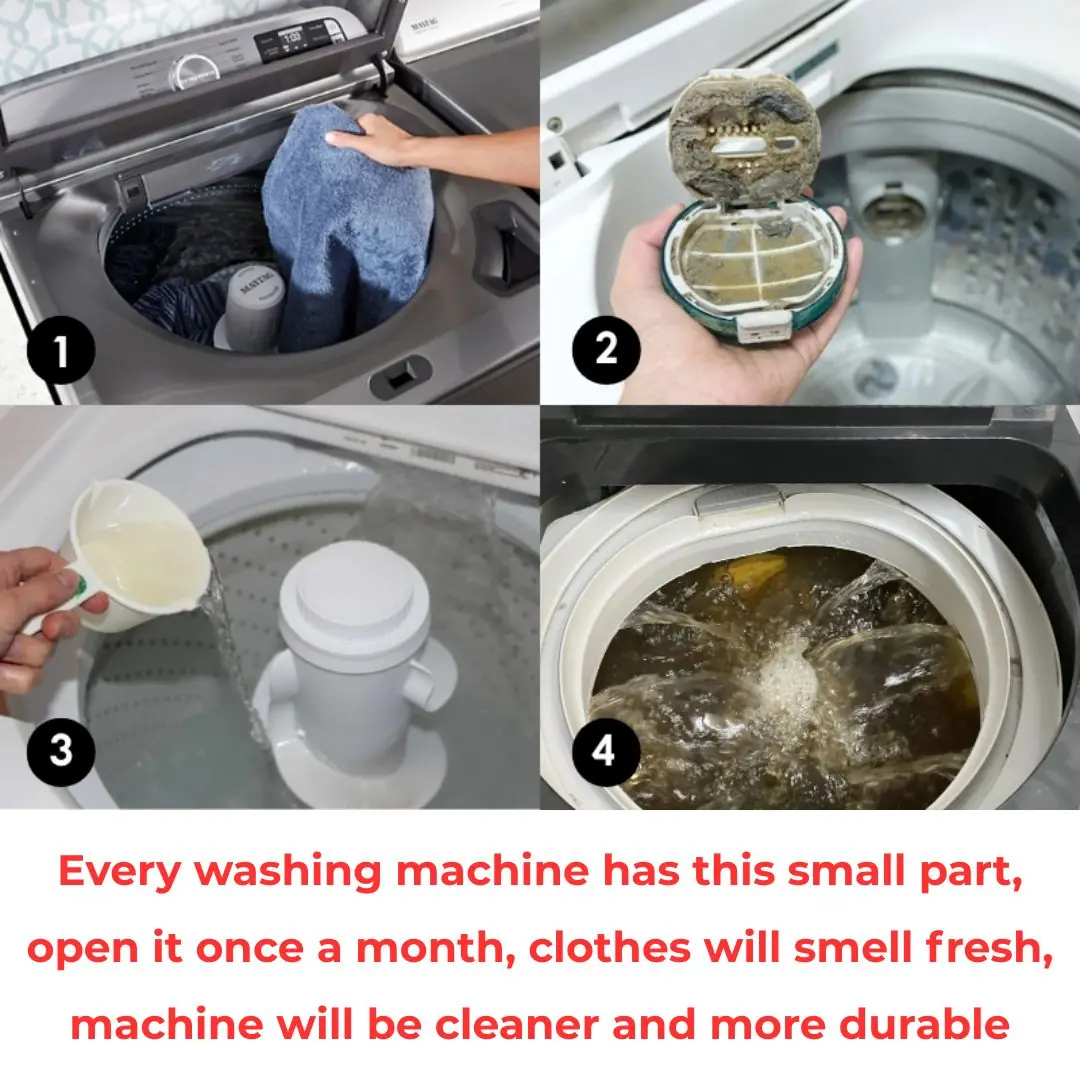
Every washing machine has this small part, open it once a month, clothes will smell fresh, machine will be cleaner and more durable

How to make delicious Japanese-style pink pickled ginger, with readily available ingredients

Mosquitoes fear this bowl of water the most. No matter how many mosquitoes there are in the house, they will all go away, so you can sleep peacefully.

3 tips to make roast pork with golden brown, crispy skin, more delicious than restaurant
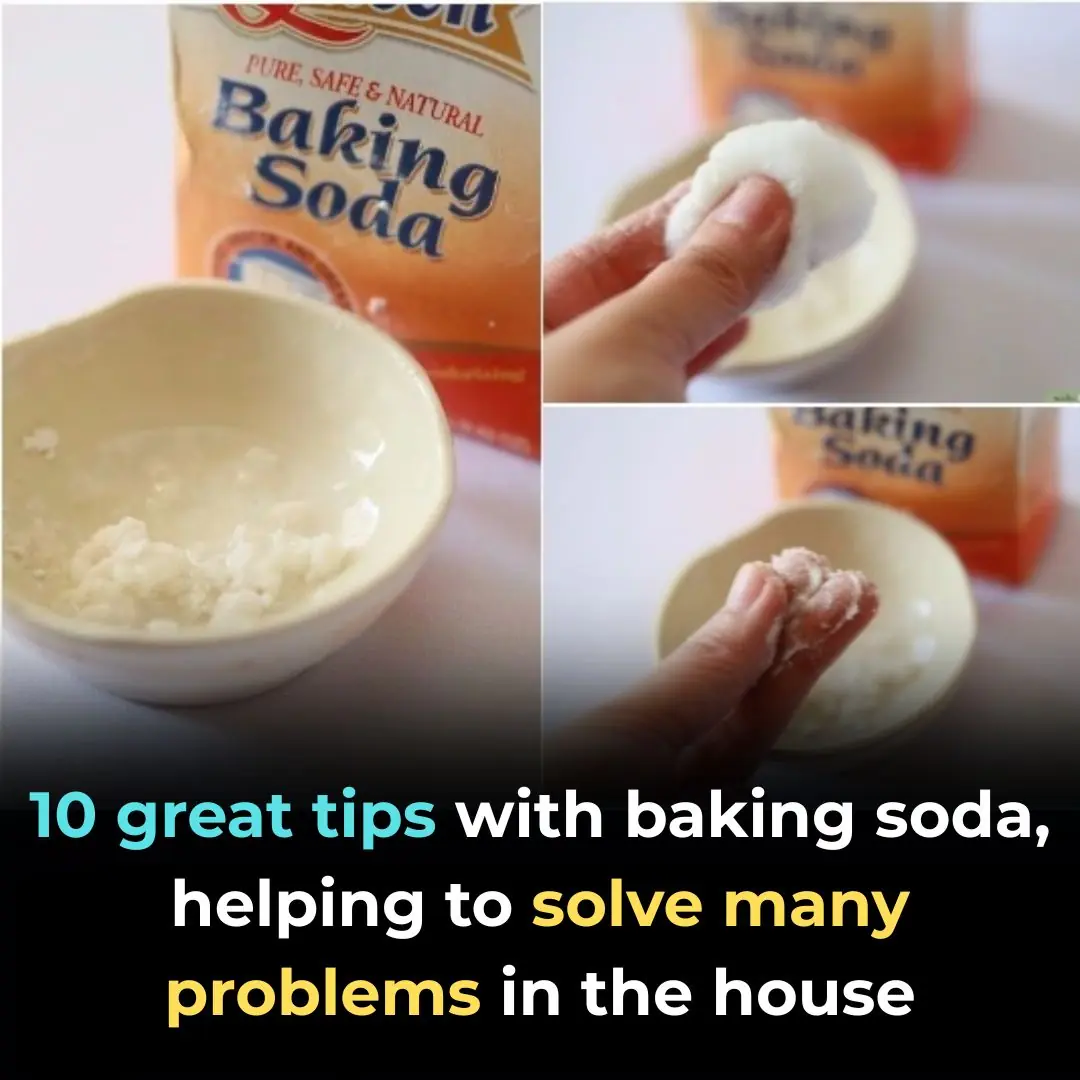
10 great tips with baking soda, helping to solve many problems in the house
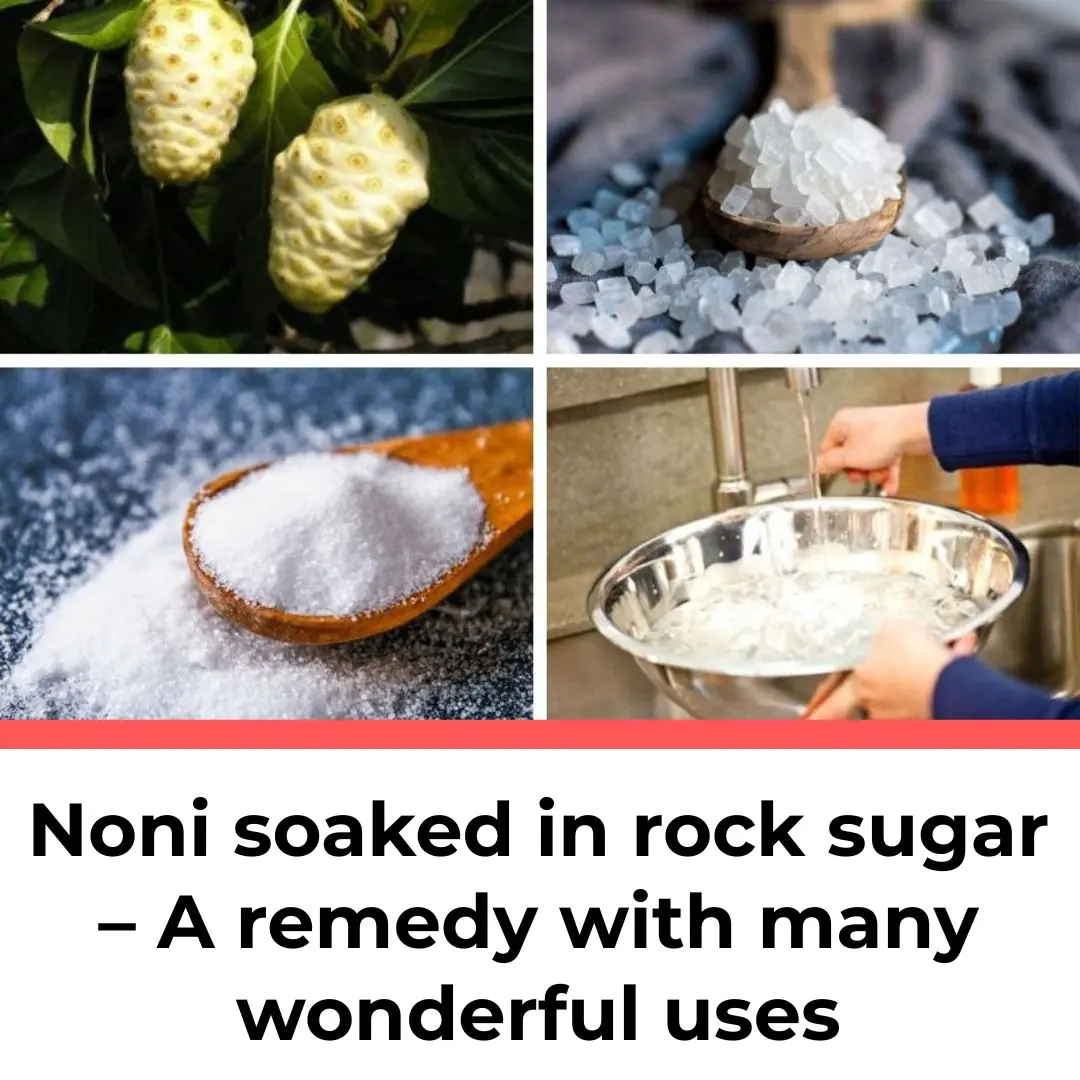
Noni soaked in rock sugar – A remedy with many wonderful uses

Bougainvillea loves this type of water the most. Water it once every 10 days and the flowers will bloom brilliantly, covering the branches.

Husband secretly gave money to the maid, I was surprised to know her real identity.

3 types of plants to avoid growing in the house, or else they will cause bankruptcy, loss of wealth, and bad luck.

How to recognize fake honey, honey mixed with sugar

How to keep watermelon fresh for a month: A small tip that everyone needs to know this summer

Cut a handful of these leaves and put them in the pot of boiled shrimp. The shrimp will turn bright red, the meat will be firm, sweet, and fragrant.

No need for a refrigerator, ancient people used these 6 ways to preserve eggs for a whole month and keep them fresh

Do you know the effects of this oil on your life?

Everyone thinks this part of the cow is the most delicious, but it's both dirty and poisonous. Don't buy it at the market, no matter how cheap it is
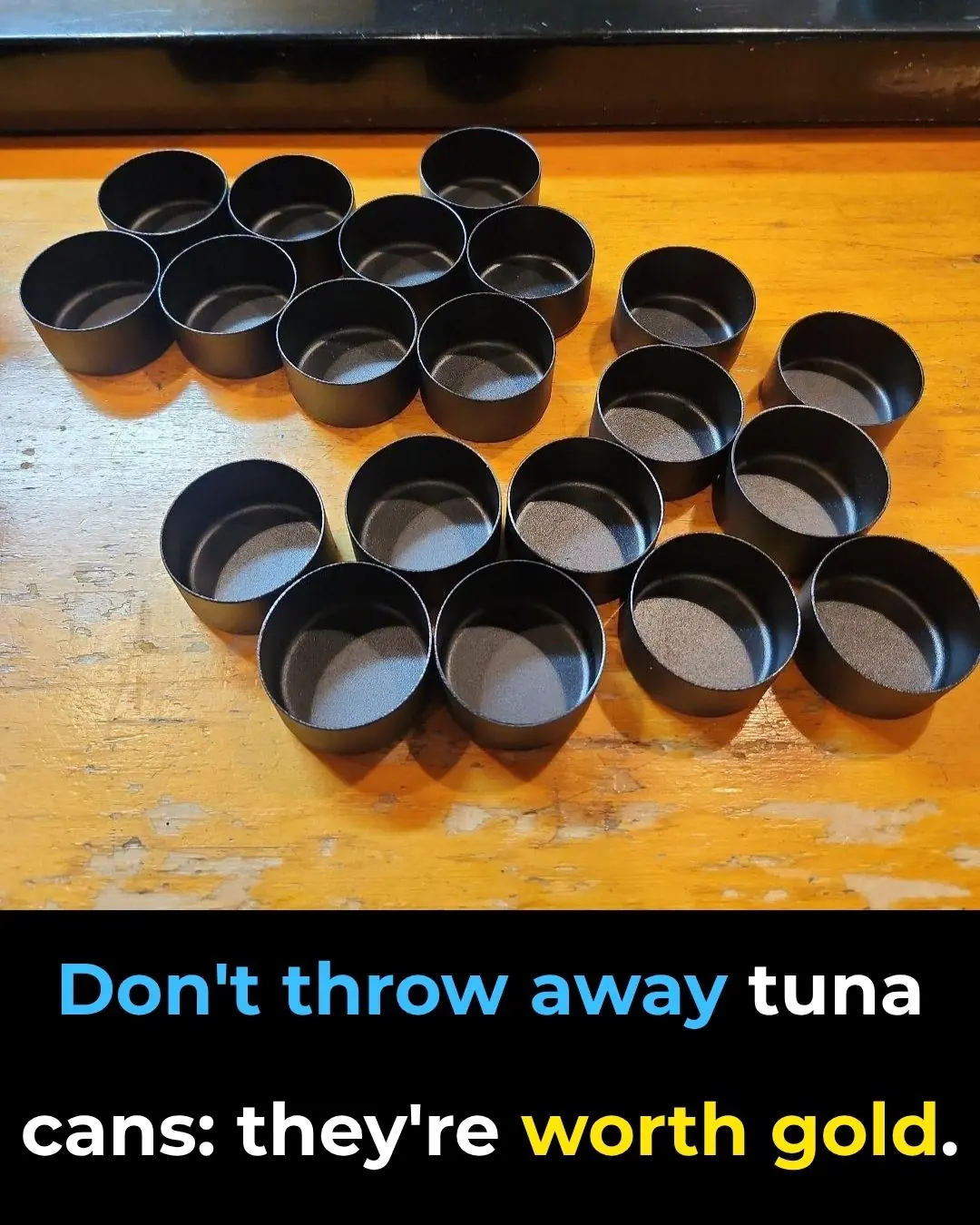
Don't throw away tuna cans: they're worth their weight in gold if you reuse them this way!

Why You Should Avoid Drinking the Mineral Water Provided in Hotel Rooms: The Subtle Reasons You Might Not Know — Read Now to Protect Yourself
News Post

Jennifer Hudson Champions Musical Inclusivity Amid Super Bowl Language Debate

Jennifer Hudson Cheers on Bad Bunny’s Super Bowl Swagger — and Starts Learning Spanish Herself

Charli XCX shares cryptic video after Taylor Swift’s ‘Actually Romantic’ diss

NY authorities clamp down on liquor store openings citywide as booze demand plummets

Desperate rescue effort underway to save hundreds of hikers stuck on Mount Everest after snowstorm

Six signs you may be a functioning alcoholic according to doctor
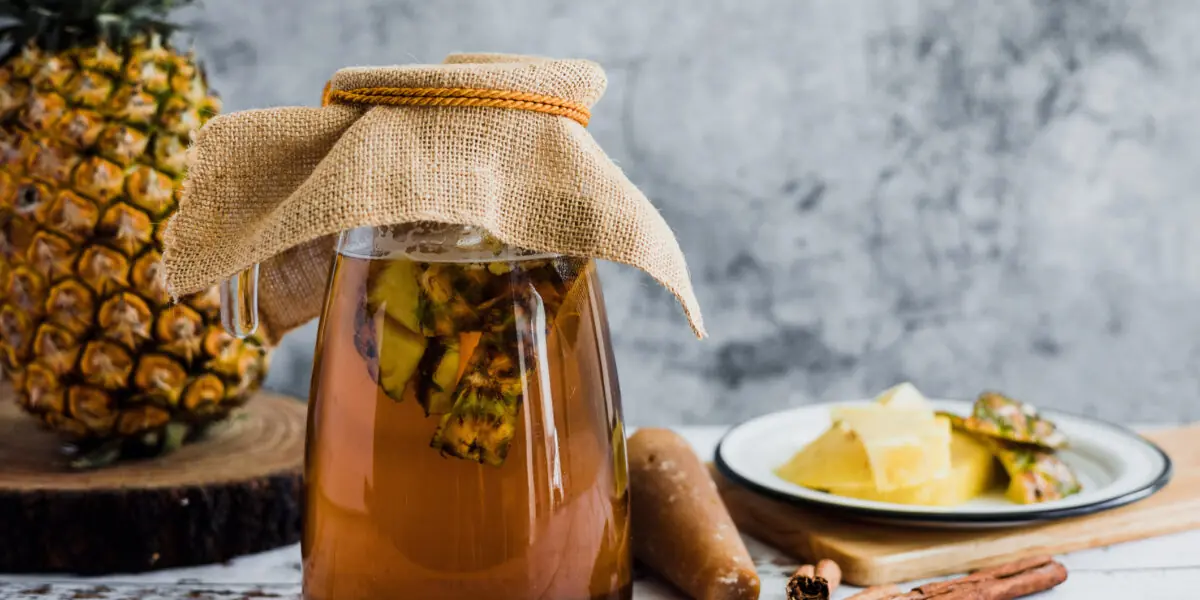
Pineapple Water: A Refreshing Drink That Supports Your Health

The Silent Threat: Recognizing Early Signs of Kidney Disease and Lifestyle Prevention

A Heartwarming Encounter: A Child’s Innocence and the Power of Love.

The Stranger Who Stopped: How One Man’s Compassion Saved a Life on a Busy Georgia Road
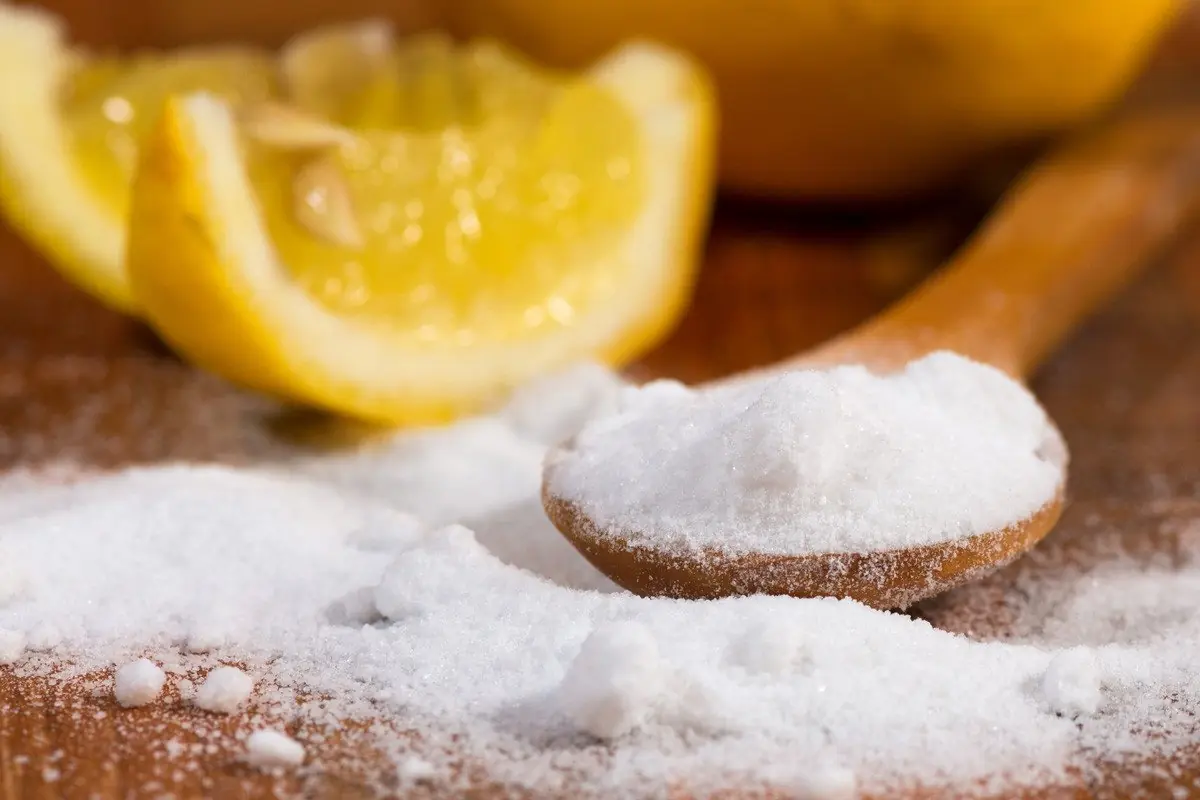
Baking Soda (Bicarbonate of Soda): Uses and Benefits (Science Based)

A Father’s Day Gift Like No Other: A Daughter’s Kidney, A Father’s Second Chance

Benefits of Walking: Why Walking is One of the Best Forms of Exercise 🚶♀️

Maliyah’s Fight: A Fifteen-Year-Old Cheerleader Battling Stage 4 Cancer With Courage and Faith

No Cake, No Balloons: A Firefighter’s Quiet Birthday of Purpose and Service

Orangutan Secretly Watches Over Woman During Jungle Survival Challenge

“The Stranger on a Plane: How One Man’s Kindness Gave a Mother the Gift of Rest”

A Little Fighter’s Final Victory: Remembering Bryson’s 1,027-Day Battle

A Match Made in Dog Heaven: A Toddler and Her Puppy Who Share a Special Bond
